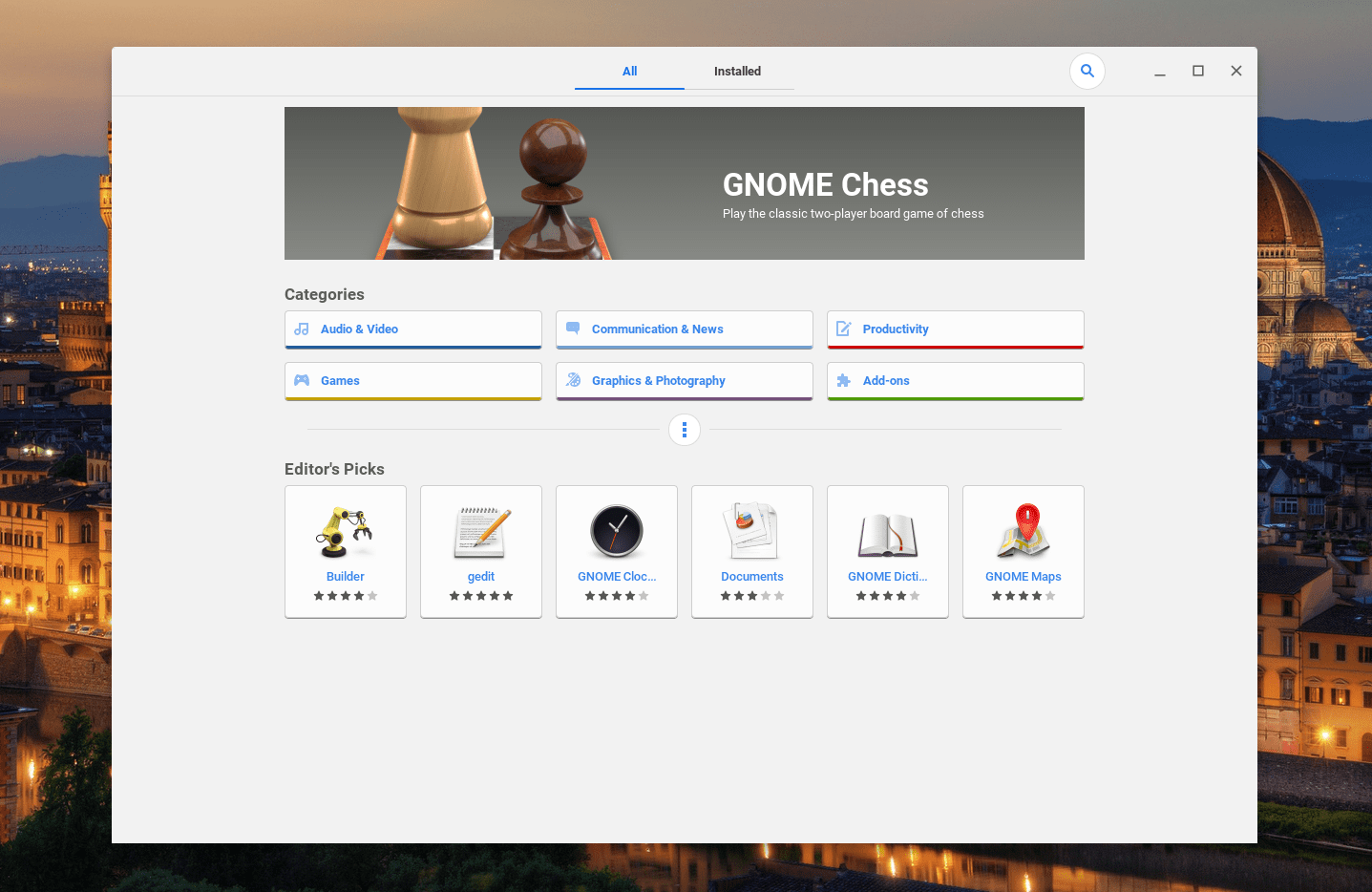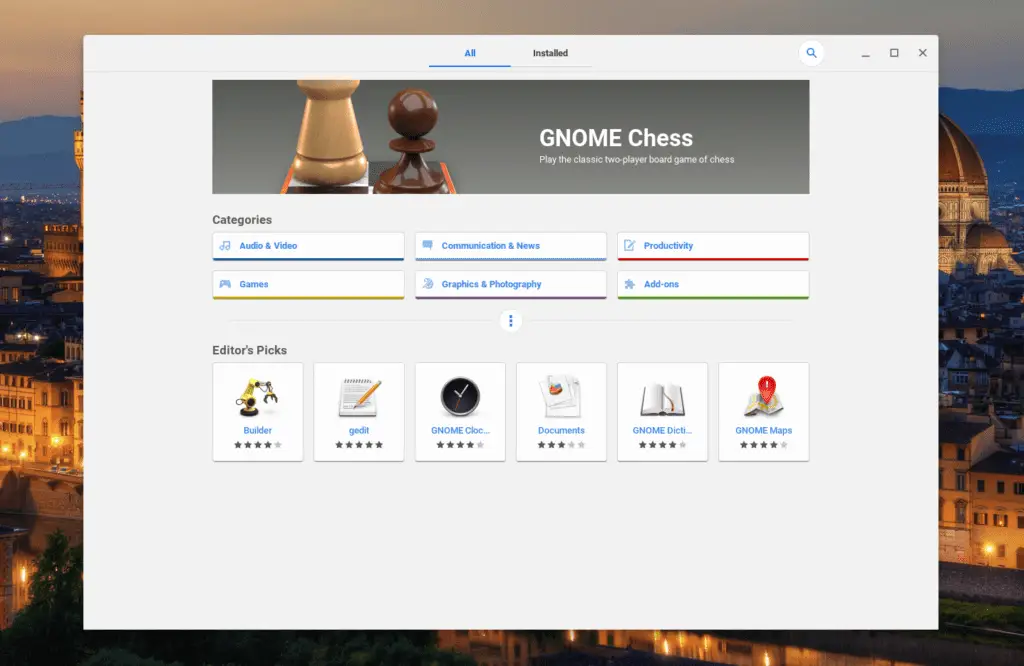
 So, you’ve got a Chromebook and you’re ready to give Linux Apps a try. Maybe you’re new to the world of Linux or perhaps you’d like to have the ability to install Linux Apps without using command line prompts in the terminal. Perhaps, like us, you like to do things just because you can.
So, you’ve got a Chromebook and you’re ready to give Linux Apps a try. Maybe you’re new to the world of Linux or perhaps you’d like to have the ability to install Linux Apps without using command line prompts in the terminal. Perhaps, like us, you like to do things just because you can.
Whatever the reason, today we bring you good news and the steps to install a Linux Software Center on your Chromebook.
First, what is a Linux Software Center?
For experienced Linux users, installing applications comes as second nature and can be done by inputting a few, simple commands via the Linux terminal. When executed, these commands pull not only the desired application but also the package installer and dependencies needed to fully install the application. Recently, support for .deb file installation was also added to Chrome OS making it even easier to install Linux app by simply downloading Debian packages and double-clicking them as you would an executable file.
If you’re a Linux newbie, all this may sound really daunting. Plus, where do these applications come from? How do you even know what commands to run in order to install them? What the heck is a terminal?
A software center packages all of these commands in a nice, neat little apps store that fires all of these commands for you. Thankfully, you can now circumvent using command lines almost entirely by installing the Gnome Software Center right on your Chromebook.
If you’ve made the move to the Beta Channel and installed Linux, here are a couple commands to get the Gnome Software Center up and running on your Chromebook.
Start by launching the Terminal app from your app launcher. If you start typing “terminal” in the launcher search bar, you should see it pretty quickly.

Once you have the terminal open, type or paste the following commands:
sudo apt-get install gnome-software gnome-packagekit
You will then be prompted that you are about to install packages that will require additional space on your hard drive. Select “Y” to proceed and kick back for a couple of minutes while all the necessary files are downloaded and installed.
Once the installation process is finished, you can close the terminal and you can find your new software center in the app launcher.
You will see a couple of other new files in your launcher but don’t be concerned. These are just packages and installers required to run the software center. They are needed so don’t delete them. Click the Software Center app and you should be greeted with the Gnome shop for installing Linux apps.
The first few times I attempted this, I did not see any apps or categories in the Software Center but a simple restart of my Chromebox fixed that instantly. Now, you can search for and install popular Linux applications such as Inkscape, GIMP, CMake and more.
Update – If you aren’t seeing apps in the Software Center, try running these two commands in the terminal and rebooting.
sudo apt-get update
sudo apt-get dist-upgrade
If you’ve long used Linux on Chrome OS via methods like Crouton, this will be very similar to installing and using the Ubuntu Software Center. There are a number of other “app store” you can set up with Linux but Gnome will contain most of the commonly used apps Crouton users would use.
For most Linux users, having a Software Center may be a mild convenience but for the average consumer, this will be a must if Google is looking to make Linux Apps on Chromebooks a mainstream happening. It’s still not clear whether the target is larger than the developer community but the rapid expansion of the Crostini Project and Linux Apps on Chrome OS sure makes it feel that way.
Source: Android Police

Leave a Reply
You must be logged in to post a comment.